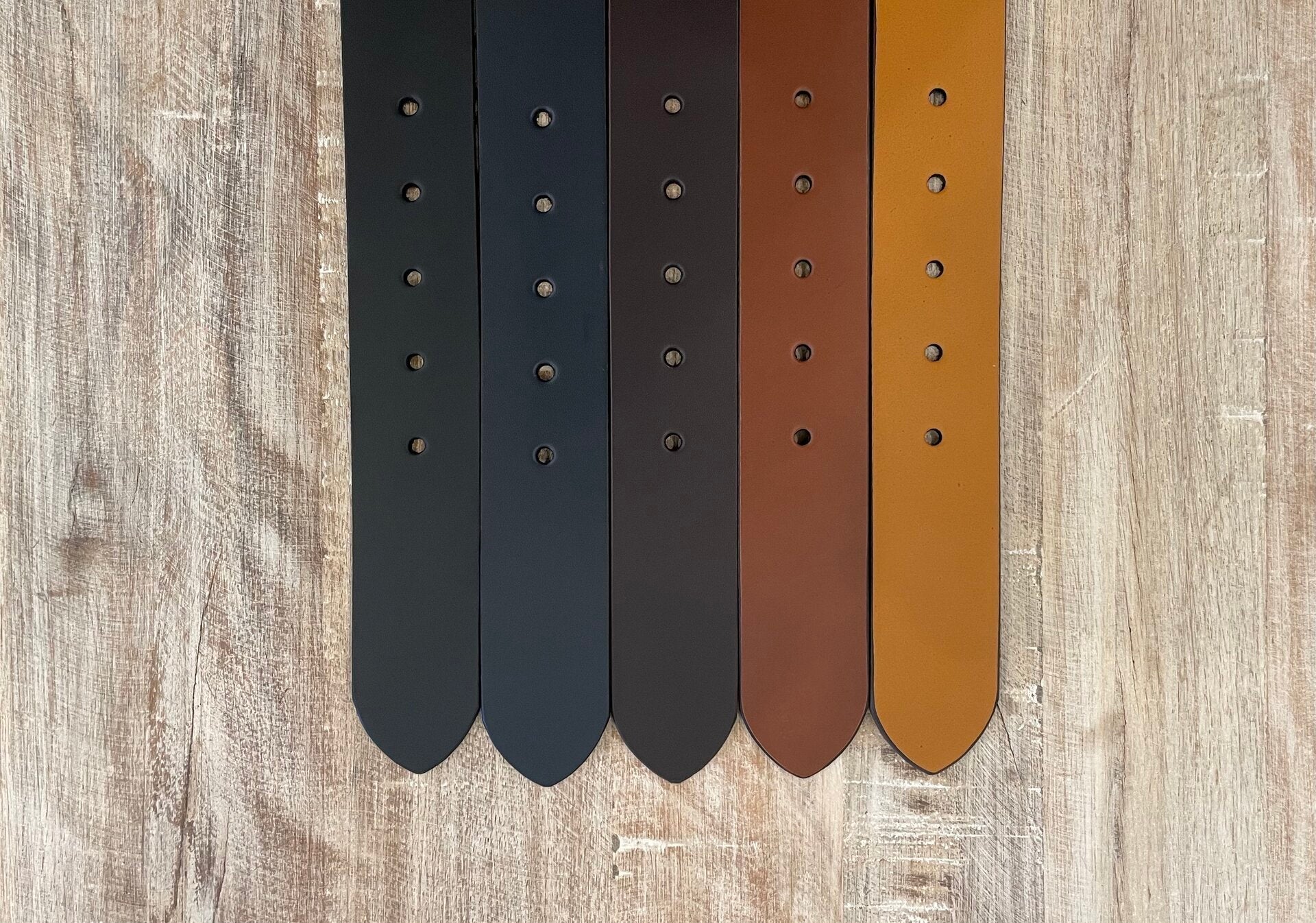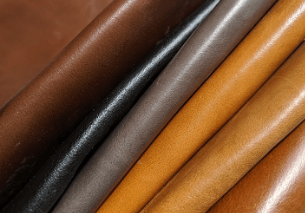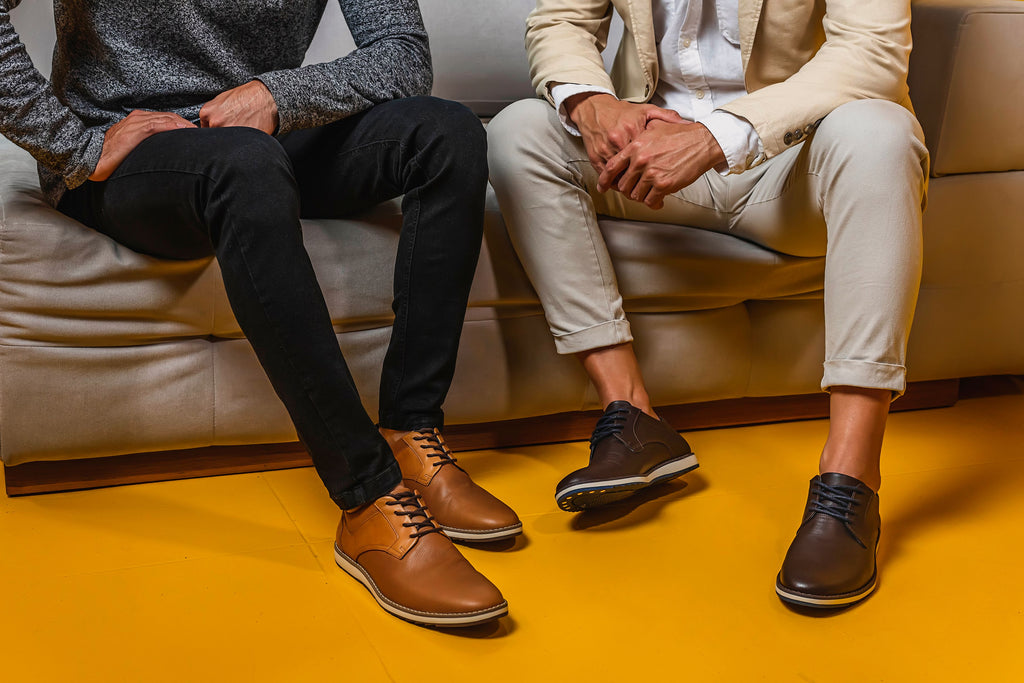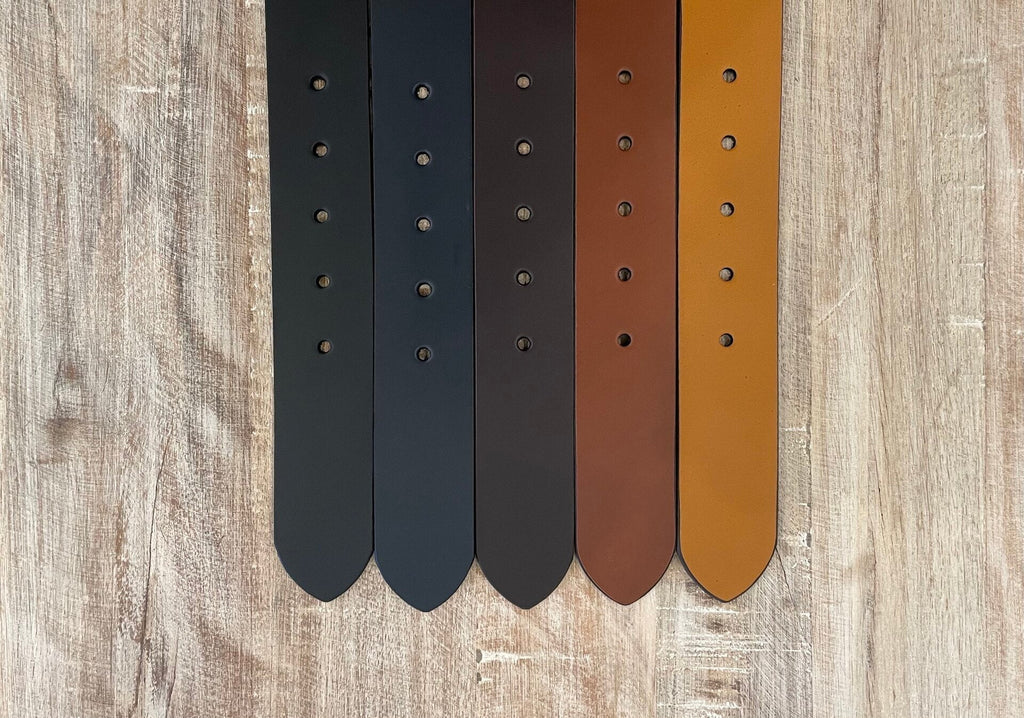
The Timeless Appeal of Leather Belts
Leather belts have been a staple accessory in wardrobes across cultures and centuries, blending functionality with style. From their humble origins as utilitarian tools to their modern status as fashion statements, leather belts remain a versatile and enduring item. Let’s explore their history, varieties, practical uses, and how to maintain them for years of wear.
A Brief History of Leather Belts
The use of belts dates back to ancient civilizations, with evidence of leather straps found in Bronze Age archaeological sites. Initially, belts were practical—used to secure clothing or hold tools and weapons. The Romans, for instance, wore leather belts called cingulum militare as part of military uniforms, symbolizing rank and readiness. By the Middle Ages, belts evolved into decorative pieces, adorned with metal buckles and embroidery, reflecting social status.Types of Leather Belts
Leather belts come in various styles, each suited to specific purposes:
-
Full-Grain Leather Belts: Made from the top layer of hide, these are the most durable and develop a rich patina over time. Ideal for long-term use.
-
Top-Grain Leather Belts: Slightly thinner and more processed than full-grain, these offer a polished look at a lower cost.
-
Genuine Leather Belts: A catch-all term for lower-grade leather, often less durable but widely affordable.
-
Suede Belts: Soft and textured, these are less common but add a casual, tactile flair.
-
Dress Belts: Slim, sleek, and often paired with formal attire like suits.
-
Casual Belts: Wider and sturdier, perfect for jeans or rugged wear.
- Reversible Belts: Two colors, usually black and brown, one on either side.
Buckles also vary, from classic prong designs to modern slide or snap closures, adding further customization.
Uses Beyond Holding Up Pants
While their primary role is to secure trousers, leather belts have broader applications. They’re a fashion accessory, accentuating outfits with color, texture, or a standout buckle. In some trades, like carpentry or blacksmithing, heavy-duty leather belts double as tool holders. Historically, they’ve even served as makeshift straps or emergency gear in survival scenarios. Psychologically, a well-fitted belt can boost confidence—there’s something about cinching one on that signals readiness.
Caring for Your Leather Belt
Leather belts can last decades with proper care. Here are some tips:
-
Keep It Dry: Prolonged moisture can warp or crack leather. If it gets wet, air-dry it away from direct heat.
-
Condition Regularly: Use a leather conditioner or balm every 6-12 months to prevent drying and cracking.
-
Store Properly: Hang it or roll it loosely to avoid creases or buckle damage.
-
Clean Gently: Wipe with a damp cloth and mild soap; avoid harsh chemicals.
-
Rotate Use: Alternating belts prevents excessive wear on a single piece.
Craftsmanship Matters
The best leather belts are a testament to artisanship. Handmade belts often feature meticulous stitching—saddle stitching being the gold standard for strength—and precision-cut edges, sometimes burnished with wax for a polished look. Buckles, too, play a role: solid brass or stainless steel adds heft and longevity, while minimalist designs keep things understated. Brands like Hermès or smaller ateliers often elevate belts to art, with prices reflecting the labor involved.
Yet, quality doesn’t always mean exorbitant cost. Mid-range makers like John Candor or even mass-market brands like Levi's with a focus on real leather offer solid options. The key is to check for full grain or top grain leather (beware of “bonded” or “genuine leather” labels that mask lower quality) and sturdy construction.
Source of Leather is Important
Where the leather comes from is important to your health because of harsh chemicals and to your wallet because of durability. Countries like the US, Italy, and Colombia have stricter environmental laws and efforts to use less chemicals which lead to a better product in durability and better for your health. China is known for using harsh chemicals remain in the leather and ruin water sources for humans and animals.
Fashion and Function
Leather belts shine in their dual role. Functionally, they keep trousers in place—a basic need that hasn’t changed. But stylistically, they’re transformative. A slim black leather belt with a sleek buckle can sharpen a suit, while a wide, weathered brown one pairs perfectly with boots and a flannel shirt. Trends ebb and flow—think oversized buckles in the ‘80s or woven leather in the ‘70s—but the classic 1.5-inch-wide belt in neutral tones remains timeless.
Why Leather Endures
Leather belts stand out for their blend of durability, versatility, and timeless appeal. Unlike synthetic alternatives, they age gracefully, telling a story through scuffs and patinas. Whether you’re dressing up for a boardroom or down for a campfire, a leather belt adapts effortlessly.
In a world of fleeting trends, the leather belt remains a quiet constant—a small but significant piece of craftsmanship that ties everything together.
- Choosing a selection results in a full page refresh.
- Press the space key then arrow keys to make a selection.





